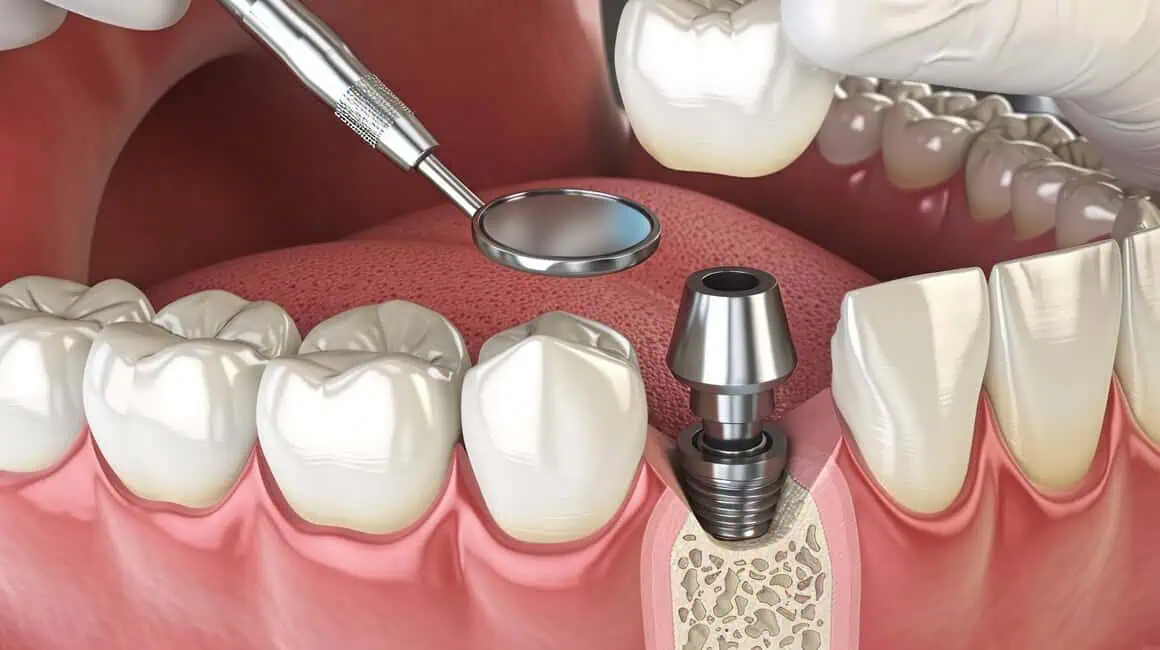Getting cavities filled is a common dental experience that many people undergo at some point in their lives. Cavities induced by tooth decay can lead to discomfort and further dental issues if not treated promptly. The process involves a dentist identifying the affected area and determining the best approach to repair it. The time and number of sessions needed for filling cavities can vary depending on factors like the size and location of the decay. Knowing what to anticipate during these visits can help soothe any concerns and reassure you that you are well-prepared for the procedure.
What are Cavity Fillings?
A cavity filling is a dental restoration that repairs damage caused by tooth decay, restoring the tooth’s function and structure. Cavities begin when bacteria in the mouth secrete acids that erode the tooth enamel. If left untreated, cavities can progress, causing pain, infection, and potentially tooth loss. Filling a cavity involves removing the decayed material and filling the space with a suitable material.
Cavity fillings help prevent further decay and maintain oral health. Different types of materials can be used for fillings, each with its advantages and drawbacks. The choice of material depends on various factors, including the location of the cavity and the patient’s preferences.
Types of Dental Fillings
Several types of dental fillings are made from different materials, each suited for specific situations:
- Amalgam (Silver) Fillings: Durable and suitable for large cavities, especially in the back teeth, but noticeable due to their metallic color.
- Composite (Tooth-Colored) Fillings: Made from a mixture of plastic and fine glass particles, these are less noticeable and suitable for small to medium-sized cavities, often used in the front teeth.
- Gold Fillings: Known for durability and longevity, gold fillings are expensive and require multiple visits.
- Glass Ionomer Fillings: Made from composites of acrylic and glass, they release fluoride and are typically used for small cavities.
- Porcelain Fillings: Custom-made in a dental laboratory, porcelain fillings are tooth-colored, durable, and stain-resistant, but they are more expensive.
The Filling Procedure
The cavity-filling procedure starts with an examination and diagnosis. The dentist numbs the vicinity surrounding the affected tooth with a local anesthetic to create a pain-free experience. Once numb, the dentist uses a drill or laser to scrape away the decayed section of the tooth, ensuring all decay is eliminated. The cleaned cavity is then filled with the chosen material. The material is applied in layers and hardened with a special light for composite fillings.
Finally, the dentist sculpts and refines the filling to mimic the exact contours of the tooth, checks the bite for any discomfort, and makes necessary adjustments. The procedure typically takes 20 to 60 minutes, depending on the cavity’s size and location.
Number of Sessions Needed
The number of sessions required to fill cavities differs considerably on several aspects, including size, number, and complexity. Small to medium-sized cavities can usually be filled in a single session, taking about 20 to 30 minutes per tooth.
For patients with multiple cavities, the dentist may spread the treatment over several sessions to ensure thorough care without overwhelming the patient. Each session might focus on one or two cavities, allowing for optimal attention to each one.
Complex cases, such as cavities extending deep into the tooth or near the nerve, may require additional sessions. These situations need more time and precision to avoid complications and ensure proper filling and alignment.
The type of filling material can also affect the number of sessions. Materials like gold or porcelain, custom-made in a dental lab, often necessitate multiple visits. In contrast, composite fillings can usually be completed in one visit.
Aftercare and Recovery
Proper aftercare guarantees the success and longevity of cavity fillings. Here are some tips for aftercare and recovery:
- Immediate Aftercare: Avoid eating or drinking until numbness wears off to prevent accidental biting or injury.
- Managing Discomfort: Over-the-counter pain relievers can help with any post-procedure discomfort. Avoiding hot and cold foods can also reduce sensitivity.
- Maintaining Oral Hygiene: Brush twice a day with fluoride toothpaste and floss daily. Periodic dental check-ups help keep track of the status of the fillings.
- Avoid Certain Habits: Whenever possible, stop munching on hard objects and chewy or sugary foods to preserve the fillings.
- Monitoring for Issues: Be aware of persistent pain, sensitivity, or difficulty chewing, and contact the dentist if any issues arise.
Frequently Asked Questions
Here are some recurring queries and concerns with regard to cavity fillings:
- Do fillings hurt?: Thanks to modern anesthesia and techniques, getting a cavity filled is generally pain-free. Patients may experience some discomfort or sensitivity after the procedure, but this typically subsides within a few days.
- How long do fillings last?: The longevity of a filling depends on various factors, including the type of material used and the patient’s oral hygiene habits. On average, with proper care, fillings can last 5 to 15 years or longer.
- Can cavities heal on their own?: Cavities cannot heal on their own and require professional treatment. Ignoring cavities can lead to further decay, pain, and more extensive dental procedures.
- What if a filling falls out or causes discomfort?: If a filling falls out or causes discomfort, it is important to contact the dentist as soon as possible. The dentist can assess the situation and provide the necessary treatment to restore the tooth.
Takeaway
Cavity fillings are a straightforward yet essential dental procedure that helps safeguard oral health and guard against potential health problems from tooth decay. By being familiar with the different forms of fillings, the procedure, and the factors that influence the number of sessions needed, you can confidently approach your dental visits. Proper aftercare and regular check-ups ensure the longevity and effectiveness of your fillings, allowing you to enjoy healthy and functional teeth.
If you’re experiencing any symptoms of cavities or need a routine dental check-up, Solomon Dentistry is here to help. Our team offers comprehensive dental care using the latest materials and techniques, including cavity fillings. Don’t wait for dental issues to escalate; contact Solomon Dentistry today to schedule an appointment and take the first step towards a healthier smile. The health of your mouth is our number one priority, and we strive to provide you with the best dental care possible.





